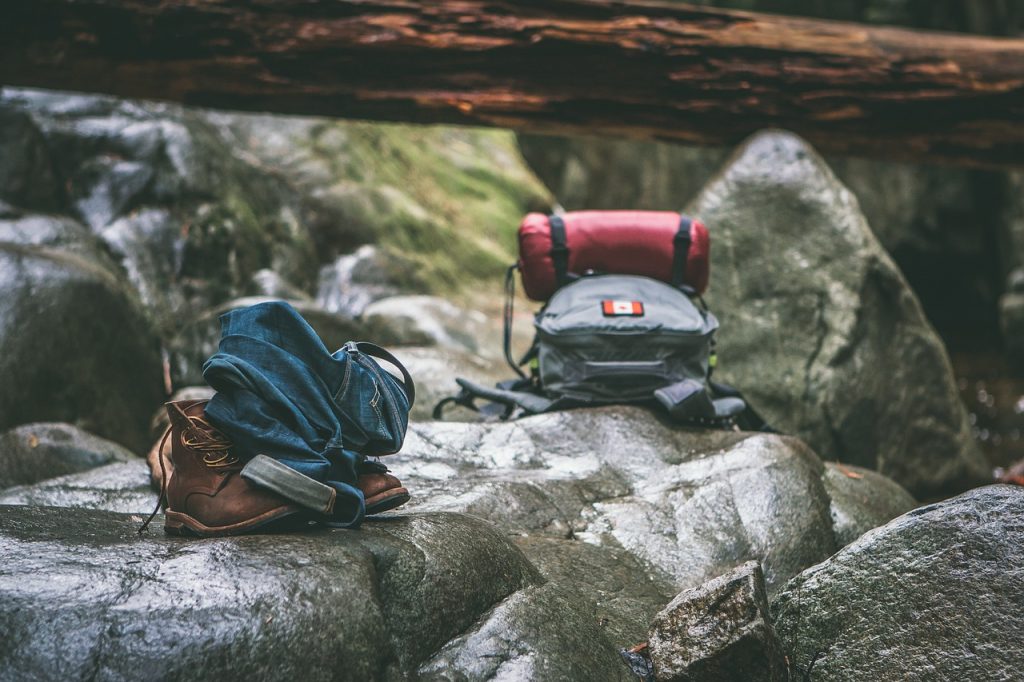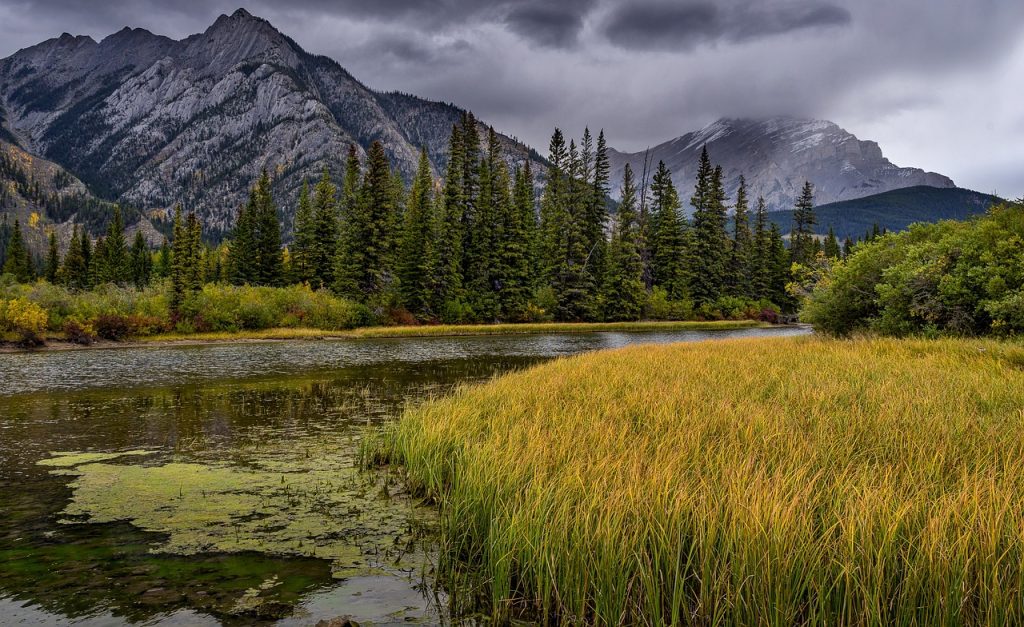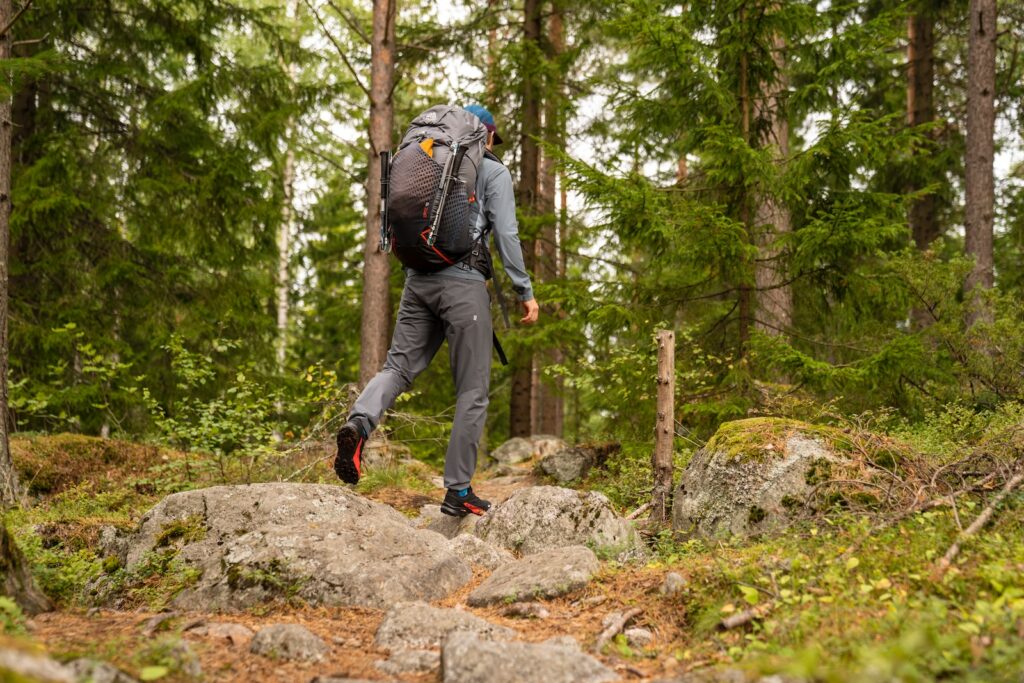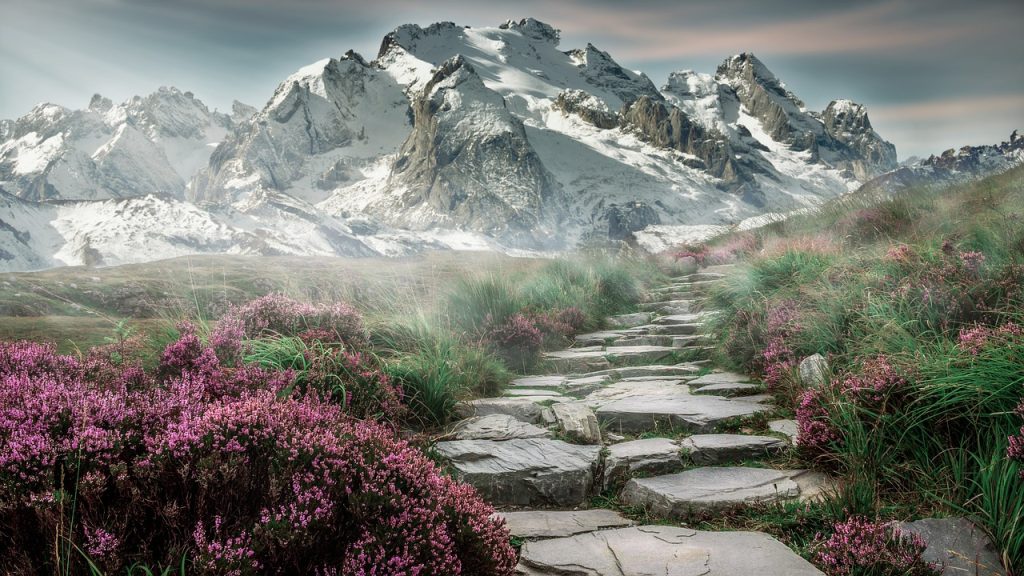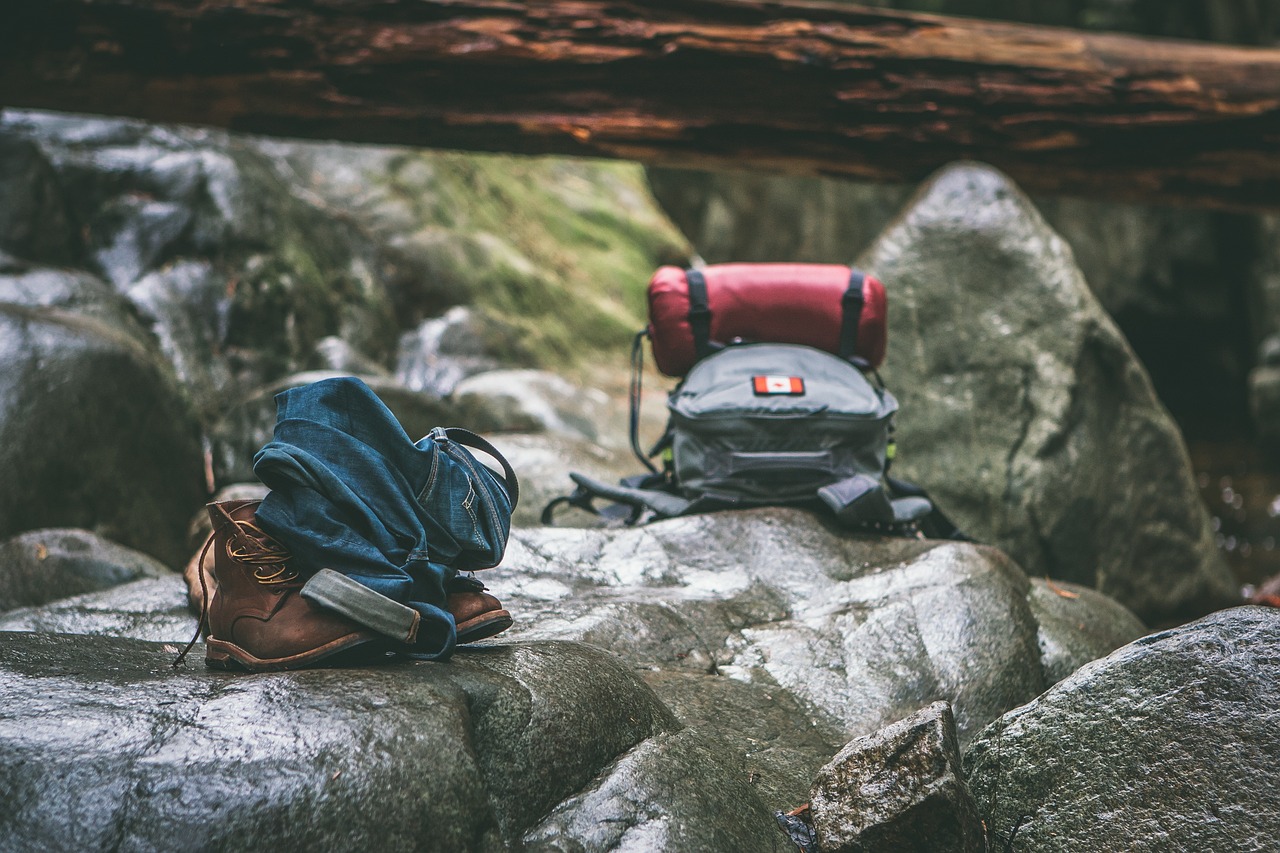

Gear Spotlight: Must-Have Hiking Equipment for Every Adventure
Embarking on a hiking adventure can be an exhilarating experience, but it is crucial to have the right gear to ensure your safety and enjoyment. Investing in high-quality hiking equipment is essential because it can make a significant difference in your overall experience on the trail. From protecting you from the elements to enhancing your comfort and performance, the right gear can elevate your outdoor escapades to the next level.
Having the proper hiking equipment not only helps you stay safe but also allows you to fully immerse yourself in the wilderness without worrying about gear failure. It provides peace of mind and enables you to focus on the beauty of nature surrounding you. Whether you’re a beginner venturing out for the first time or a seasoned hiker looking to upgrade your gear, our comprehensive gear spotlight has got you covered.
Essential hiking gear for every adventure

When it comes to hiking, there are certain pieces of equipment that are considered essential for every adventure. These items not only ensure your safety but also make your hike more comfortable and enjoyable. Let’s take a closer look at some of these must-have hiking gear:
1. Hiking Boots
Choosing the right hiking boots is crucial as they are your primary contact point with the ground. Look for boots that provide excellent traction, ankle support, and waterproofing. High-quality hiking boots will protect your feet from rocks, roots, and uneven terrain, reducing the risk of injuries. They should also be comfortable and durable to withstand long hours of hiking. Remember to break in your boots before hitting the trails to avoid blisters and discomfort.
2. Backpacks and Daypacks
A reliable backpack or daypack is essential for carrying all your hiking essentials. Look for a backpack that is lightweight yet sturdy enough to withstand the demands of the trail. The size of your backpack will depend on the duration of your hike and the amount of gear you need to carry. Look for backpacks with padded shoulder straps, a supportive waist belt, and multiple compartments for easy organization. Consider features like hydration compatibility, rain covers, and compression straps to enhance your hiking experience.
3. Clothing and Layering
Choosing the right clothing and layering is vital for hiking in different weather conditions. Opt for moisture-wicking and quick-drying fabrics that will keep you comfortable and dry throughout your hike. Dress in layers, so you can easily adjust your clothing to regulate your body temperature. Start with a base layer that wicks away sweat, add a mid-layer for insulation, and top it off with a waterproof and breathable outer layer to protect you from rain and wind. Don’t forget to wear a hat, sunglasses, and sunscreen to protect yourself from the sun.
Choosing the right hiking boots
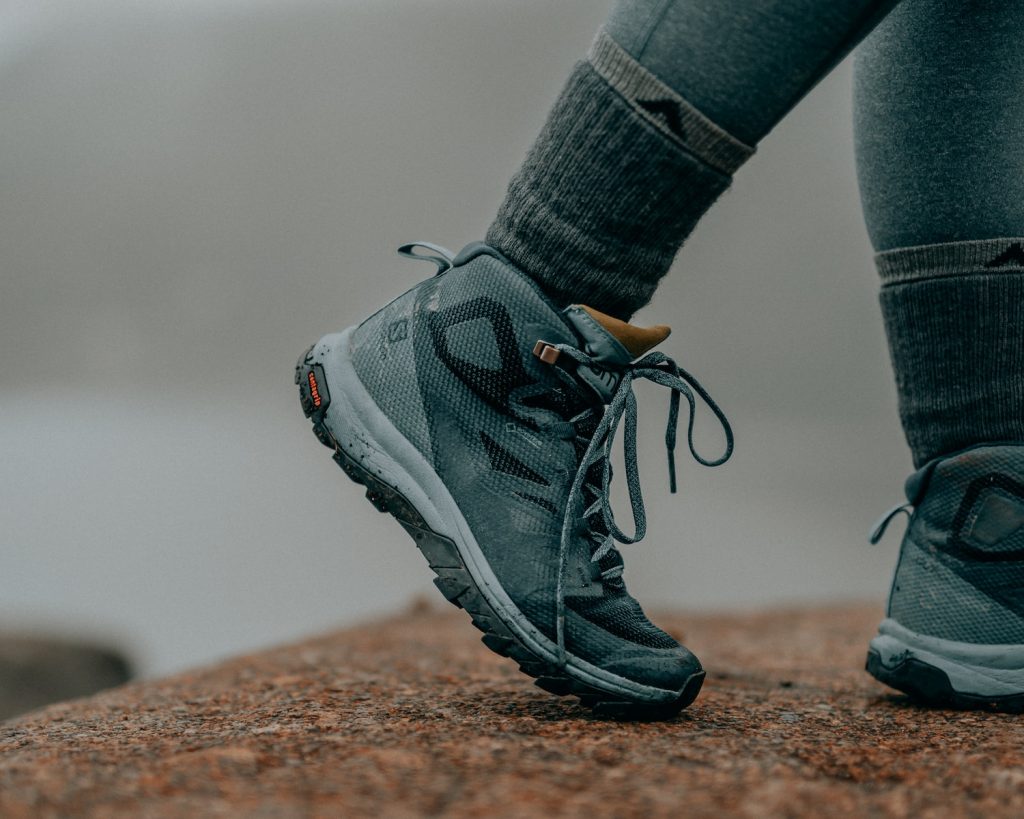
Hiking boots are arguably the most important piece of gear when it comes to hiking. They are your primary contact point with the ground and provide stability, support, and protection for your feet. Choosing the right hiking boots can be a daunting task, considering the wide range of options available in the market. However, with a little knowledge and guidance, you can find the perfect pair that suits your needs and preferences.
1. Consider the Terrain
The first thing to consider when choosing hiking boots is the type of terrain you’ll be hiking on. Different terrains require different levels of support and traction. If you’ll be hiking on well-maintained trails and gentle slopes, lightweight hiking boots with good cushioning and moderate ankle support should suffice. However, if you’ll be tackling rugged and rocky terrains, opt for boots with stiffer soles, aggressive tread patterns, and high ankle support for added stability.
2. Know Your Foot Size and Shape
Having the right fit is crucial when it comes to hiking boots. Ill-fitting boots can lead to discomfort, blisters, and even injuries. Measure your foot size accurately and take into account any specific foot shape characteristics, such as high arches or wide feet. Different brands and models may have variations in sizing, so it’s essential to try on several pairs to find the perfect fit. Remember to wear the same type of socks you’ll be wearing on the trail when trying on boots to get an accurate feel.
3. Test for Comfort and Support
Comfort and support are key factors to consider when choosing hiking boots. Walk around the store or on an incline board to test the boots’ fit, cushioning, and arch support. Your toes should have enough space to wiggle, and your heel should be securely held in place to prevent blisters. The boots should provide ample cushioning to absorb impact and reduce foot fatigue. Look for boots with a supportive midsole that offers stability and protects your feet from sharp rocks and uneven surfaces.
Once you’ve found a pair of hiking boots that meet your requirements, it’s essential to break them in before hitting the trails. Wear them around the house or on shorter hikes to allow your feet to adjust to the boots and avoid discomfort during longer hikes.
Backpacks and daypacks for hiking
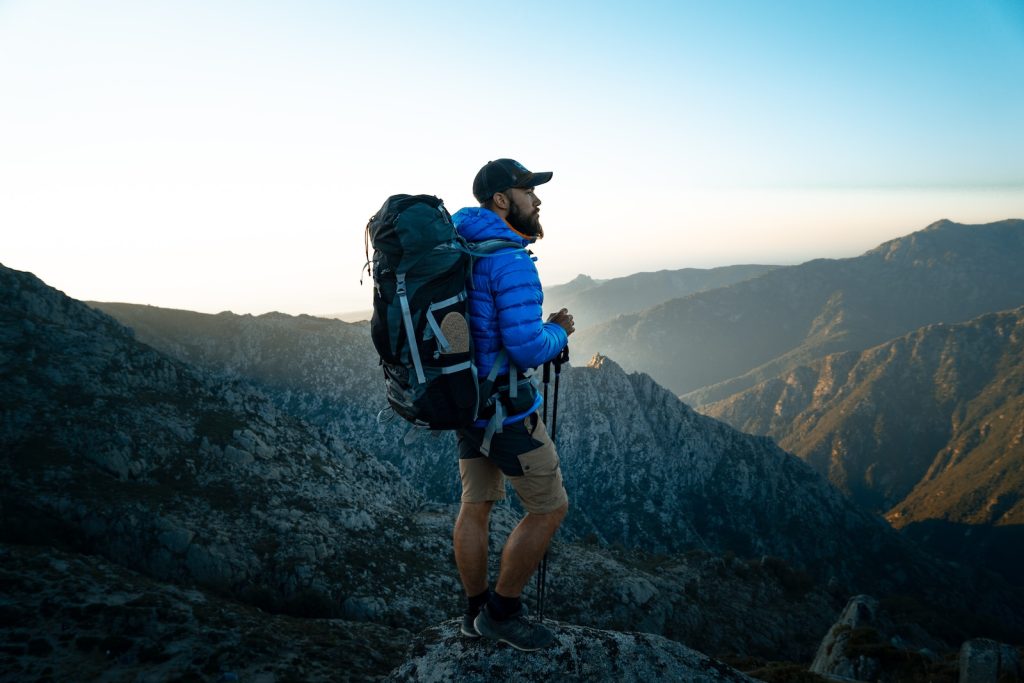
When it comes to hiking, having a reliable backpack or daypack is essential for carrying all your gear comfortably and efficiently. Whether you’re embarking on a multi-day trek or a day hike, the right backpack will make a significant difference in your hiking experience. Here are some considerations when choosing a backpack or daypack:
1. Size and Capacity
The size and capacity of your backpack or daypack will depend on the duration of your hike and the amount of gear you need to carry. For day hikes, a smaller daypack with a capacity of 20-30 liters should suffice. These packs are lightweight and streamlined, allowing you to carry essentials like water, snacks, extra layers, and navigation tools. If you’re planning a multi-day hike, opt for a larger backpack with a capacity of 40-70 liters, providing enough space for camping gear, food, and clothing.
2. Fit and Comfort
A backpack that fits well and is comfortable to carry is essential for long hikes. Look for backpacks with adjustable shoulder straps, a supportive waist belt, and a sternum strap. The shoulder straps should be padded and adjustable to ensure a snug fit without digging into your shoulders. The waist belt should distribute the weight of the pack onto your hips, reducing strain on your back. Try on different backpacks and adjust the straps to find the perfect fit for your body type.
3. Features and Organization
Consider the features and organization options of the backpack or daypack. Look for packs with multiple compartments, pockets, and attachment points for easy organization and access to your gear. Compression straps allow you to cinch down the pack to keep the contents secure and prevent shifting while hiking. Hydration compatibility is also a desirable feature, allowing you to easily access water without having to stop and take off your backpack.
Remember to pack your backpack strategically, placing heavier items closer to your back and lighter items towards the outside to maintain balance and stability. It’s also important to adjust the straps and load lifters to distribute the weight evenly and prevent discomfort or strain.
Clothing and layering for hiking
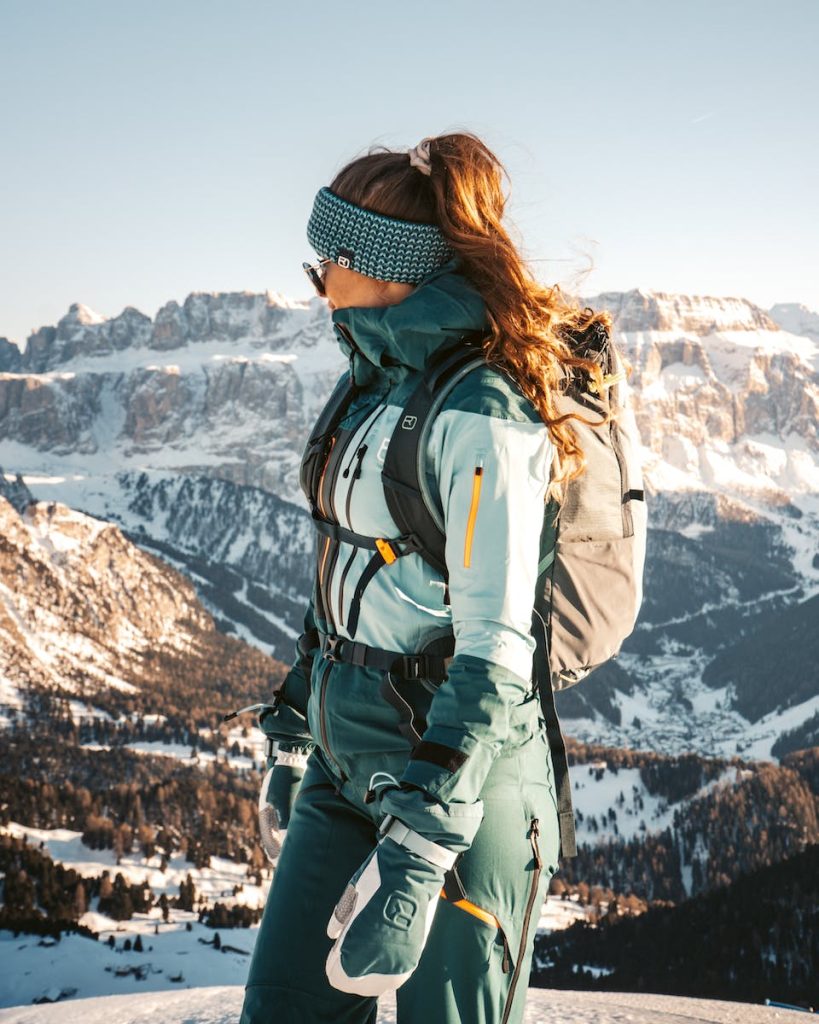
Choosing the right clothing and layering is crucial for hiking in different weather conditions. Proper clothing not only keeps you comfortable but also protects you from the elements. Here are some tips for choosing the right clothing and layering for your hiking adventures:
1. Base Layer
A good base layer is essential for wicking away sweat and keeping you dry and comfortable. Look for moisture-wicking fabrics like merino wool or synthetic materials that pull moisture away from your skin. Avoid cotton as it retains moisture and can leave you feeling wet and cold. Choose a base layer that fits snugly but allows for freedom of movement.
2. Mid-Layer
The mid-layer provides insulation and helps regulate your body temperature. Opt for lightweight and breathable materials like fleece or synthetic insulation. Depending on the weather conditions, you can choose a thicker mid-layer for colder temperatures or a lighter one for milder conditions. Look for mid-layers with good breathability and moisture-wicking properties to prevent overheating and sweat buildup.
3. Outer Layer
The outer layer is your first line of defense against wind, rain, and snow. Choose a waterproof and breathable jacket or shell that can withstand the elements. Look for features like taped seams, adjustable cuffs, and a hood to keep you dry and protected. Consider the weight and packability of the outer layer, especially if you’ll be carrying it in your backpack when not in use.
Remember to dress in layers so you can adapt to changing weather conditions. Start with a base layer to wick away sweat, add a mid-layer for insulation, and top it off with an outer layer to protect you from wind and rain. Don’t forget to wear a hat, sunglasses, and sunscreen to protect yourself from the sun.
Navigation tools and maps
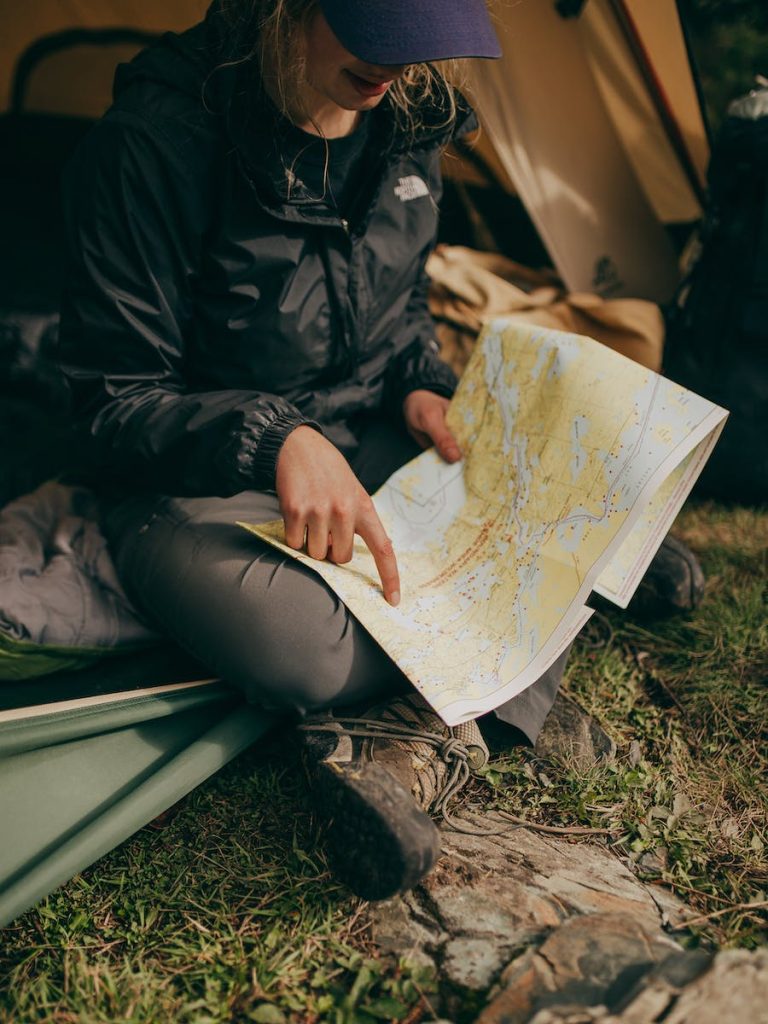
Having the right navigation tools and maps is essential for staying on track and preventing getting lost while hiking. Here are some essential navigation tools to consider:
1. Compass
A compass is a valuable tool for navigation, especially in areas with limited or no cell phone reception. Learn how to use a compass properly to determine your direction and navigate using a map. Look for a compass with a clear baseplate, a rotating bezel, and declination adjustment for accurate readings.
2. GPS Device
A GPS device can be a useful backup for navigation, especially in unfamiliar or remote areas. Look for a GPS device that is specifically designed for hiking and provides accurate location data, topographic maps, and waypoints. Remember to bring extra batteries or a portable charger to ensure your GPS device remains powered throughout your hike.
3. Maps
Always carry a detailed topographic map of the area you’ll be hiking in. Topographic maps provide valuable information on elevation, terrain, and landmarks. Familiarize yourself with the map before your hike and learn how to read contour lines, symbols, and scale. Consider laminating your map or using a waterproof map case to protect it from moisture.
Remember to plan your route in advance, mark key waypoints, and have a backup plan in case of emergencies or changes in weather conditions. Use your navigation tools and maps to stay on track and always be aware of your surroundings.
Safety equipment for hiking
Safety should be a top priority when venturing into the great outdoors. Having the right safety equipment can make a significant difference in emergency situations and provide peace of mind throughout your hike. Here are some essential safety equipment to consider:
1. First Aid Kit
A well-stocked first aid kit is essential for treating minor injuries and providing initial care in case of emergencies. Your first aid kit should include items like bandages, adhesive tape, antiseptic wipes, pain relievers, blister pads, and a CPR mask. Familiarize yourself with basic first aid techniques before your hike.
2. Emergency Shelter
Carrying an emergency shelter, such as a lightweight tarp or bivy sack, can be a lifesaver in unexpected situations. It provides protection from the elements and helps retain body heat in case you’re stranded or injured. Look for emergency shelters that are lightweight, compact, and easy to set up.
3. Personal Locator Beacon (PLB)
A personal locator beacon is a small device that can be activated in case of emergencies to send a distress signal and your location to search and rescue authorities. PLBs are essential for remote or backcountry hiking where cell phone reception may be unreliable. Look for a PLB that is waterproof, has a long battery life, and is registered with the appropriate authorities.
Remember to bring a whistle to attract attention, a headlamp or flashlight for visibility, and extra batteries or a portable charger for your electronic devices. It’s also a good idea to let someone know about your hiking plans and estimated return time.
Camping gear for overnight hikes
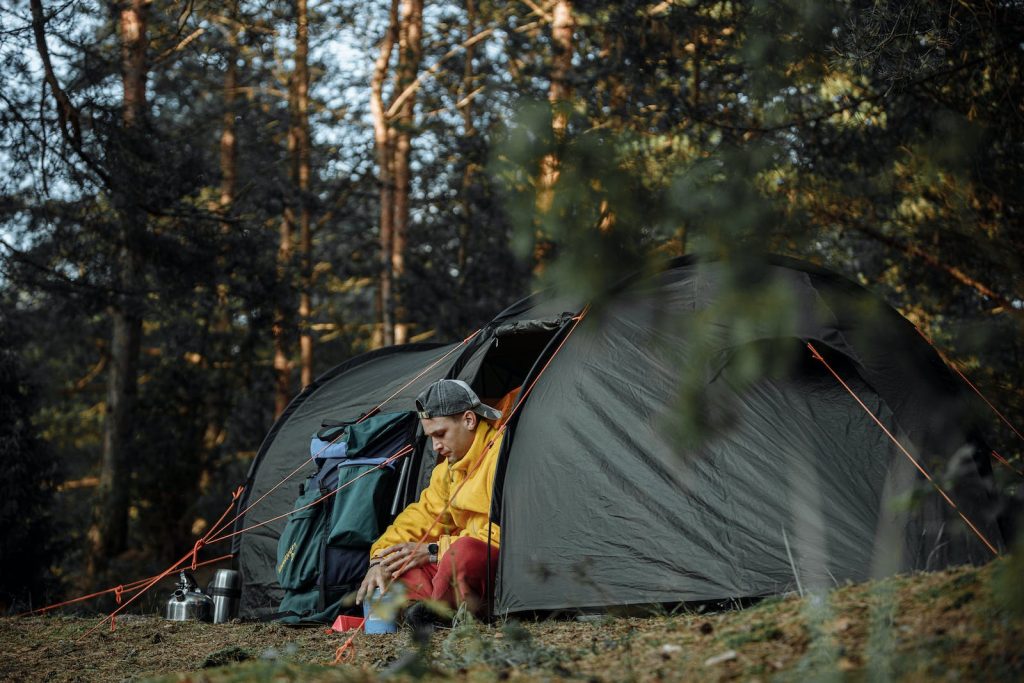
If you’re planning an overnight hike, having the right camping gear is essential for a comfortable and enjoyable experience. Here are some essential camping gear to consider:
1. Tent
A reliable and lightweight tent is essential for overnight hikes. Look for a tent that is easy to set up, provides adequate protection from the elements, and offers enough space for you and your gear. Consider the number of people the tent can accommodate and its weight and packability.
2. Sleeping Bag and Pad
A warm and comfortable sleeping bag is crucial for a good night’s sleep. Look for a sleeping bag that is suitable for the expected temperature range of your hike. Consider factors like insulation type, temperature rating, and weight. Don’t forget to bring a sleeping pad for insulation and added comfort.
3. Cooking Equipment
Carrying lightweight and compact cooking equipment allows you to prepare hot meals and beverages on the trail. Look for a lightweight stove, a pot or pan, utensils, and a cup or mug. Consider fuel efficiency, ease of use, and packability of the cooking equipment. Remember to follow Leave No Trace principles and pack out any waste.
4. Water Filtration
Having a reliable water filtration system is crucial for obtaining safe drinking water on the trail. Look for a lightweight and compact water filter or purifier that removes bacteria, protozoa, and other contaminants. Consider the filter’s flow rate, lifespan, and ease of use.
Remember to familiarize yourself with the camping regulations and restrictions of the area you’ll be hiking in. Leave No Trace principles should always be followed to minimize your impact on the environment.
Accessories and extras for a comfortable hike
In addition to the essential hiking gear, there are several accessories and extras that can enhance your hiking experience and provide added comfort. Here are some accessories to consider:
1. Trekking Poles
Trekking poles provide stability, support, and balance while hiking, especially on challenging terrains. They help reduce strain on your knees and joints and can improve your overall hiking performance. Look for lightweight and adjustable trekking poles with comfortable handles and durable tips.
2. Gaiters
Gaiters are protective coverings worn over your boots and lower legs to keep debris, water, and snow out. They provide added protection and keep your feet dry and comfortable in wet or snowy conditions. Look for gaiters that are waterproof, breathable, and easy to attach and adjust.
3. Insect Repellent
Insect repellent is essential, especially during the warmer months or in areas with high mosquito or tick populations. Look for a repellent that is effective against mosquitoes, ticks, and other biting insects.
Conclusion
Whether you’re a seasoned trekker or a novice explorer, having the right gear is paramount for safety, comfort, and enjoyment on the trail. By investing in quality hiking equipment, from sturdy boots and reliable backpacks to innovative gadgets and efficient hydration systems, you are not just enhancing your preparedness but also opening the door to new levels of exploration and outdoor enjoyment. So, gear up, embark on your next adventure, and let the right equipment pave the way for unforgettable moments in the great outdoors.

